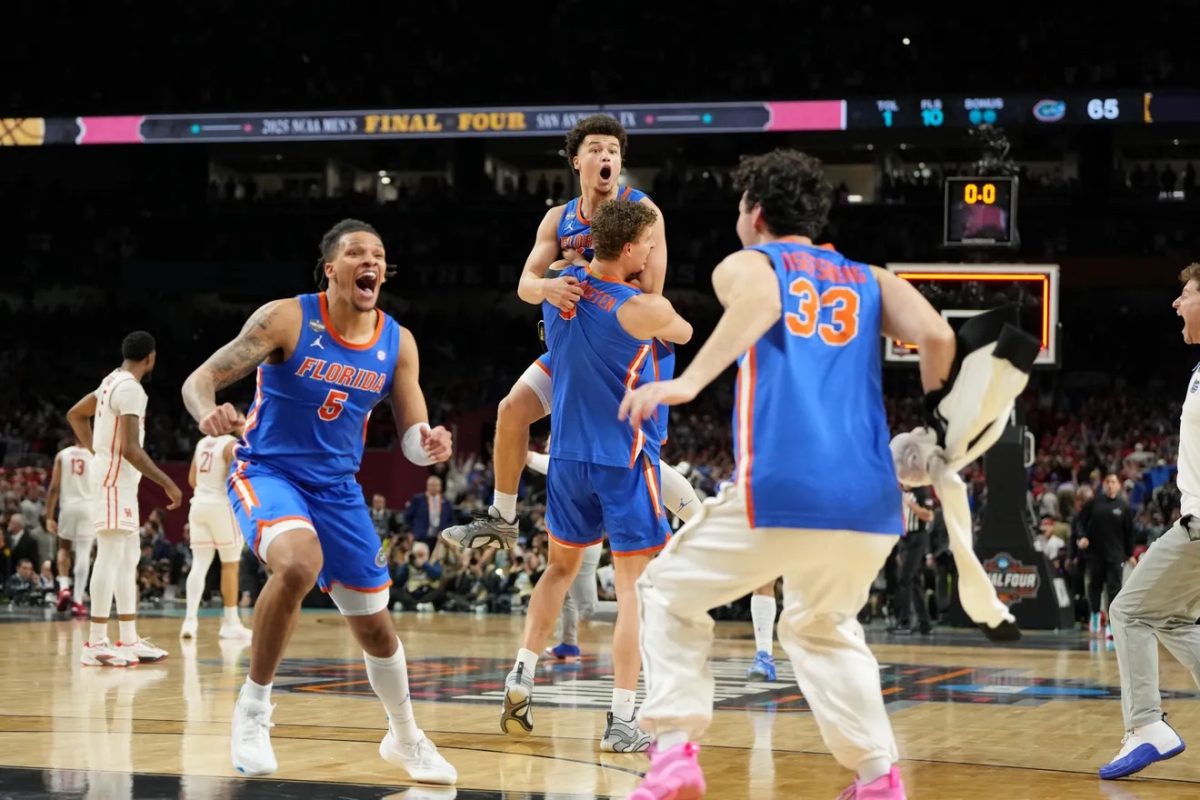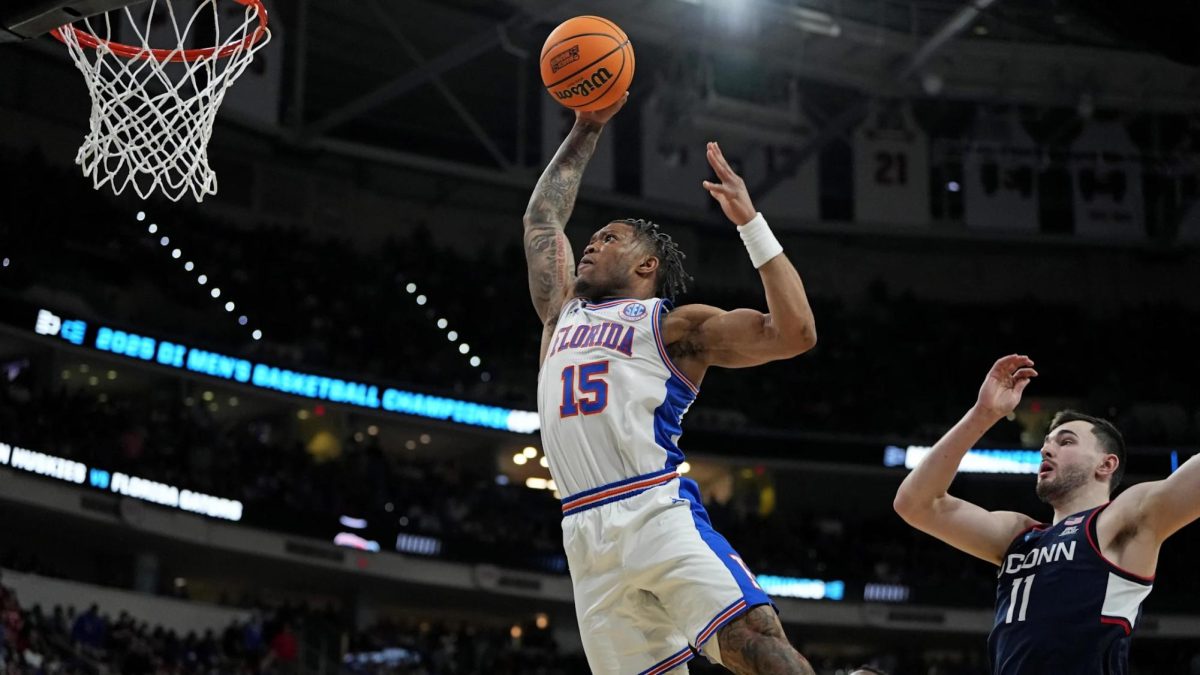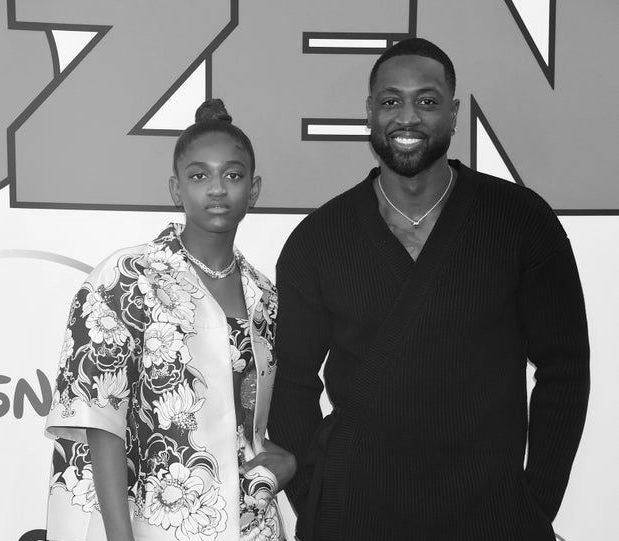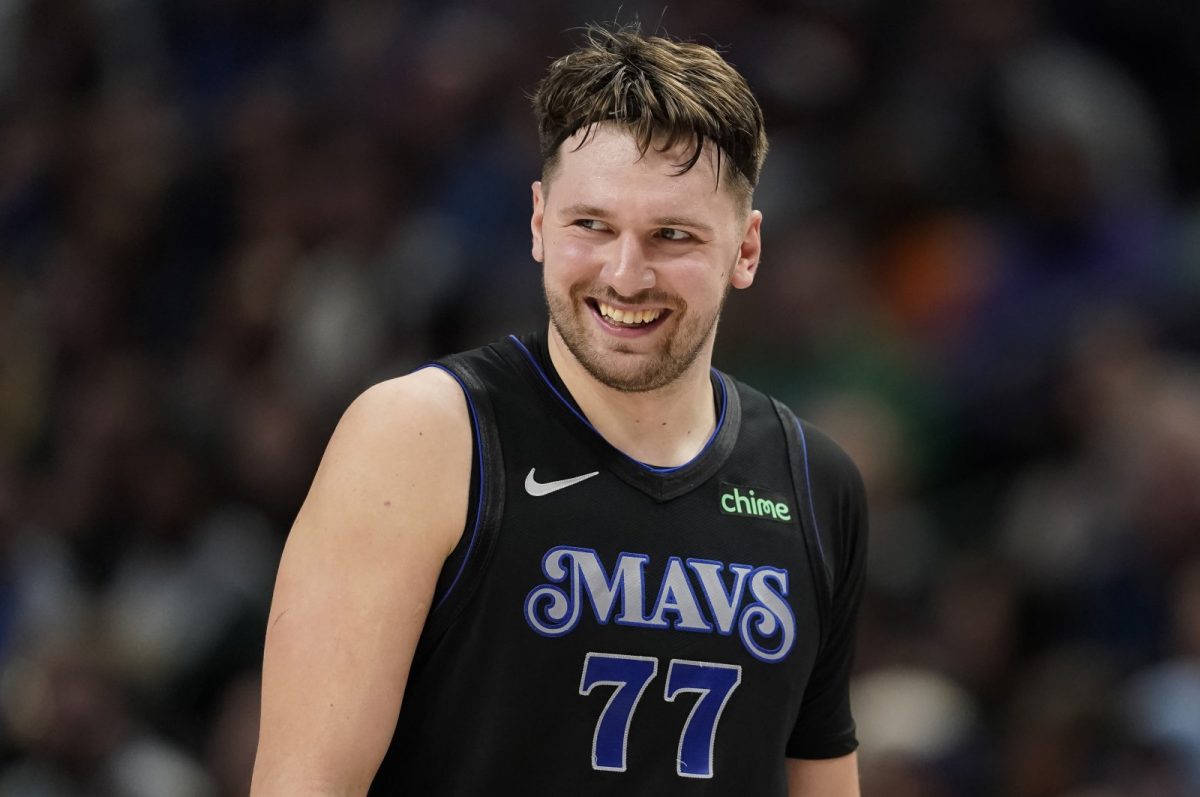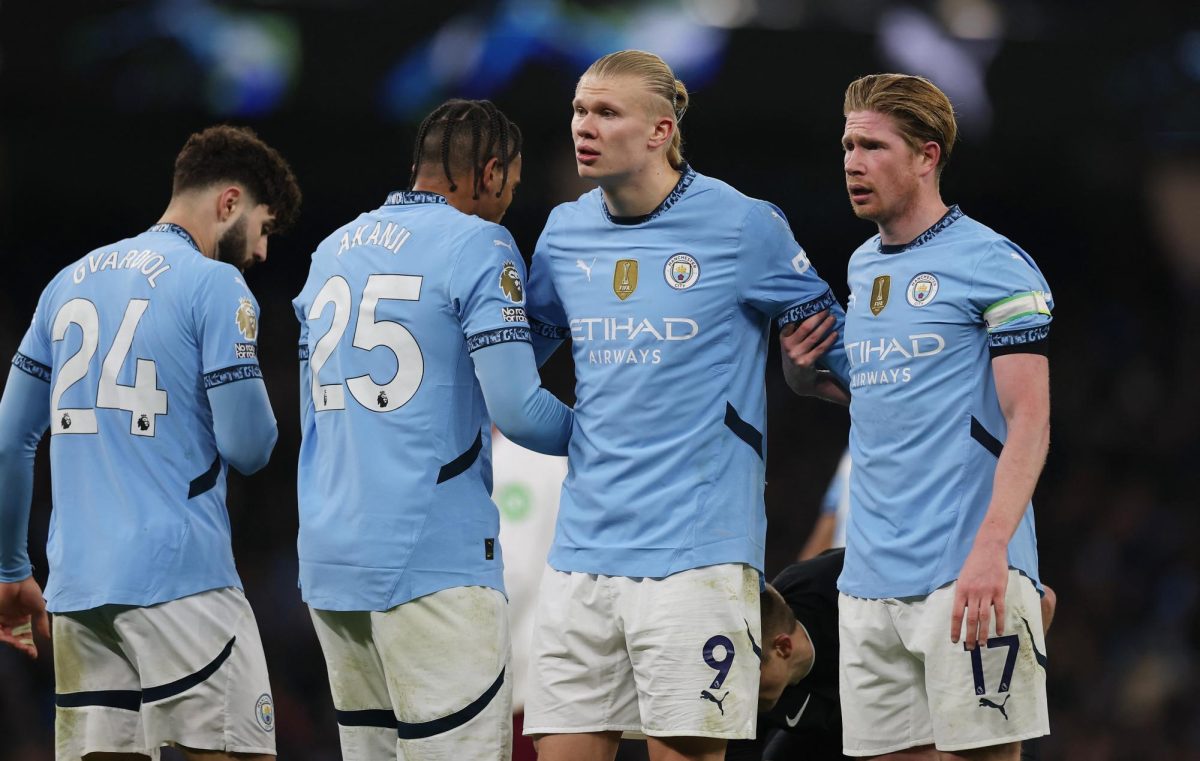The NBA All-Star Game has always been an opportunity for the league to showcase its best talent on a worldwide stage. It is a time where the league’s best relish the opportunity to play against one another. Yet over time, the game slowly lost its edge. Players stopped taking pride in competing against each other, and this has caused fan interest to diminish throughout the last decade.
Since the game’s inception in 1951, the roster size, selection process, and format have evolved to cater toward fans and increase play participation. No change was larger than in 2018, when the NBA introduced an all-star draft and went away from the traditional East vs. West format. It pivoted to a fan-voting, team captain format, where the leading favorites from each respective conference would draft two teams. Keeping this same structure, in 2020 they added a target score. Instead of playing a standard 48-minute game, three 12-minute timed quarters were played, with the fourth quarter being untimed, and the game ended when a team hit the target first. In 2024, the NBA pivoted again, going back to the same East vs. West format. It didn’t work; effort was lackluster, and nearly 400 combined points were scored.
“We needed to change,” Golden State Warriors point guard Steph Curry said after the 2025 All-Star Game. “We needed some new life, new juice in the game — something kind of unexpected. … The way people consume basketball is different. It’s not going to look like it used to. But it can still be fun for everybody.”
For the 2025 All-Star Game, NBA Commissioner Adam Silver adhered to the opinions of Curry and many others who were clamoring for change. Rather than making another marginal move, Silver decided to go all-out: creating a four-team, round-robin mini-tournament where each team plays to a target score of 40. It marked the first time the NBA went away from its traditional two-team, four-quarter format.
Three teams in the tournament — Shaq’s OGs, Chuck’s Global Stars, and Kenny’s Young Stars — were chosen from a 24-player pool. The final team, Candace’s Rising Stars, were champions of the Rising Stars tournament — composed of the league’s best rookies, sophomores and G-league players — and earned themselves the final spot in the tournament.
In the semifinals, Shaq’s OGs defeated Candace’s Rising Stars 42–35, and Chuck’s Global Stars defeated Kenny’s Young Stars 41–32. The games were competitive, but they felt short.
Game 1 between the Global Stars and Young Stars was set for an 8 p.m. tipoff, yet the game did not start until 8:40 p.m. Game 1 lasted 12 minutes. Game 2 between the OGs and Rising Stars lasted 16 minutes.
In the first hour and fifteen minutes of a three-hour broadcast, 28 minutes of basketball were played. Preceding Game 1, a 30-minute introduction and a 10-minute pregame talk pushed the start time back nearly an hour. After game 1, Mr. Beast was brought out and held a challenge between eight-time All-Star Damian Lillard and a fan — which ended in the fan winning $100,000 — that took five minutes.
In the championship game, the OGs jumped out to a quick 11–0 start on the Global Stars, headlined by a Curry one-legged three to get the scoring going and capped off by a Jayson Tatum three from the wing. Players were starting to get in a flow, and the Global Stars did not want to get blown out. By no means was it a perfect product, but the All-Star Game never has been.
Right when fans could see and feel a sense of urgency that was lacking in previous years, the NBA stopped the game to honor the pre- and post-game talk show, Inside the NBA.
Keep in mind, the antics of Shaquille O’Neal, Charles Barkley, Kenny Smith, and Ernie Johnson and the rest of the Inside crew are not coming to an end; rather, the show is being moved from TNT to NBC. But the league felt it was necessary to stop the championship game for twenty minutes and have Inside’s members honored at half court. When action finally resumed, the game felt different; the flow was disrupted.
“I think the toughest part [was when] they stopped the game to do the presentation while we were kind of halfway through it,” five-time All-Star Tatum said. “It was kind of tough to get back into the game after that.”
Shaq’s OGs went on to easily defeat Chuck’s Global Stars 41–25, ending on a Tatum dunk. Curry was named All-Star Game MVP for the second time in his career. The championship game lasted 14 minutes.
In a three-hour broadcast, basketball was on the screen for 42 minutes. The rest of the time was filled with ads, antics, Kevin Hart emceeing; anything but basketball.
The format was not bad; for such an out-of-the-box idea, players responded well to it. There was less lackadaisical play and a few shots were even blocked — which never happens in All-Star games.
“I think we’re starting to see All-Star Weekend and the competitive nature in the game starting to creep back in,” 14-time All-Star Kevin Durant said. “I think it was solid tonight. I felt like guys were trying to play hard.”
The problem lies with everything happening off the court. Too much time was dedicated to making the game an event, when in reality, all most fans want to see is a competitive game.
Now one looming question arises: where will the NBA go from here?
The success of basketball in the Olympics sparked the idea of a “Team USA vs. The World” format that came up repeatedly in the days following the game. The NBA has already shown an inkling of interest in this possibility after putting every global star on the same team this past weekend.
A move to this format does not come without faults. Currently, 24 players are named All-Stars — barring injury replacements. Each year, fan bases around the league believe players from their favorite team were “snubbed.” Forcing teams to be composed of 12 American and 12 international players will only exacerbate the issue.
Eight-time All-Star Giannis Antetokounmpo endorsed the idea of a “Team USA vs. The World” format.
“I would love that,” Antetokounmpo said before the game. “I think that would be the most interesting and most exciting format.”
Other players such as first-time All-Star Tyler Herro and second-time All-Star Darius Garland believed the current format was too short and lobbied for the league to return to the East vs. West format.
“But who am I to say?” Garland told ESPN with a laugh. “I’m a two-time All-Star, so I ain’t got no say in that.”
The introduction of different formats and ideas has created a divide amongst players. Each format is beloved by some and disliked by others.
For fans and players alike, hopefully the NBA can create a solution that appeases everyone involved. Hopefully, after this year, the NBA learned that above all else, fans want to watch players play basketball, and the players do not want to feel like a sideshow.
Seven-time All-Star Nikola Jokić views the game from a more cynical point of view.
“I think maybe we should focus on some other things than [the All-Star game],” the three-time MVP said. “I think it’s always going to be like this, so we should accept it.”
Maybe the game will never be perfect, but you can bet the NBA is going to leave no stone unturned regardless if there is no obvious solution.
Maybe East vs. West is the way to go, or Team USA vs. The World, or maybe even a one-on-one tournament between players. There are plenty of ideas out there — but sooner rather than later, the NBA is going to have to find a format that sticks.
The clock is ticking, players and fans are waiting. Hopefully, their patience does not run out.




